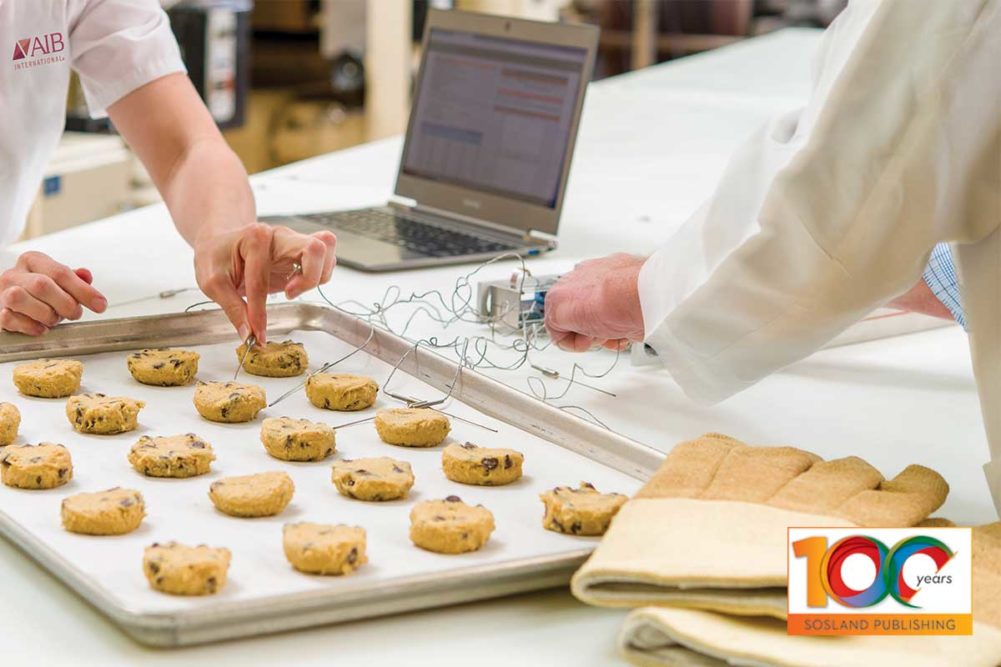Food safety is a concern as old as food itself. In the United States, laws regarding food safety reach back more than 100 years. In 1906, the original Food and Drugs Act as well as the Meat Inspection Act were passed by Congress.
Food safety regulations have evolved to reflect changing times, but major themes have remained the same: understanding the safety and nutrition of ingredients, preventing the adulteration of food, ensuring truthful communication to consumers, controlling allergens and foreign materials, and keeping food manufacturing facilities clean. All to keep the US food supply as safe as possible.
“We have the safest food supply in the world in the US at the most affordable cost,” said Joe Stout, founder and general manager of Commercial Food Sanitation LLC. “I think it’s a precious gift and industry that we have.”
While many of the themes of food safety have remained the same, new challenges have emerged. And to maintain the gift of a safe food supply, food safety practices must evolve to keep up. In the past 10 years, with the passage of the Food Safety Modernization Act (FSMA), the industry has seen a complete overhaul of the country’s approach to food safety. While the goal may be the same, the tools and approach are brand new.
While there have been many landmark shifts in food safety over the past century, the most significant one recently was the passage of FSMA in 2011. From the Food and Drug Administration (FDA)’s relationship with the industry to the companies’ approaches to food safety, the importance of this law cannot be overstated.
“Nothing has positively impacted food safety in the baking industry like FSMA” said Judi Lazaro, senior category director, food safety, AIB International. “The impact has been tremendous. Even though FSMA didn’t go into effect as soon as it was signed into law, in a way it did because consumers and customers expected more from food manufacturers. … It’s the most sweeping change in 70 years.”

FSMA was passed in response to several significant food safety events shook the public’s confidence in the US food supply, most notably a 2008 salmonella outbreak traced to a Georgia factory operated by the Peanut Corp. of America. The outbreak resulted in 700 cases of salmonella poisoning and nine deaths. The former chief executive officer of the company was sentenced to 28 years in prison, the harshest sentence handed down for someone responsible for a foodborne illness outbreak.
This incident signaled to both government agencies and the food industry that a systemic shift in how the industry approached food safety was needed. Rather than reacting to incidents, the food industry needed to be more proactive in preventing them. FSMA was designed to provide guidance and tools to ensure that happened.
“FSMA was the catalyst for the change, the enhancements, the additions,” explained Lee Sanders, senior vice president, government relations and public affairs, American Bakers Association (ABA). “FDA changed their inspection focus from a snapshot-in-time to a system that is always in place. That’s a completely different approach.”
As Sosland Publishing Company, publisher of Baking & Snack, gears up to celebrate 100 years of providing food industry professionals timely information, news and commentary, we will be publishing a series of articles across all our titles to celebrate the past, present and future of the people and industry that feeds the world.
This article is an excerpt from the September 2021 issue of Baking & Snack. To read the entire feature on Centennial Report: Food Safety, click here.





